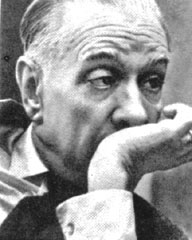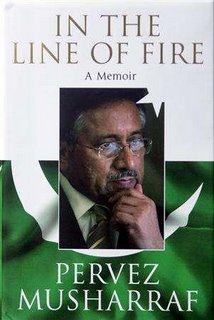
Twenty-five-year-old Santhi Soundarajan, an athlete from India, was stripped of the silver medal she won in the 800 metres women's finals at the 15th Doha Asian Games after failing a gender verification test. But what exactly does a gender test mean?
Gender testing is not as simple as lowering one's skirts. It is a complicated issue, which even the International Association of Athletics Federations (IAAF) regards as not "completely resolved". The International Amateur Athletic Federation, the previous avatar of the International Association of Athletics Federations, introduced gender-verification testing in 1966 to deter males from competing with females in sports.
According to the IAAF policy paper on gender verification, prepared by the IAAF Medical and Anti-doping Commission 2006, the first such test involved "crude" and "perhaps humiliating physical examinations".
This was followed by a method of determining "sex" chromatin through a buccal (oral) smear examination. But even this left too many uncertainties. For example, normally a woman has a pair of X chromosomes, and a man has an X and a Y chromosome, but there can be genetic abnormalities such as XO (known as the Turner's Syndrome), XXY (the Klinefelter's Syndrome) or XYY (the Supermale Syndrome).
Because of these uncertainties, the chromatin test was abandoned, first by IAAF in 1991 and, since the Sydney 2000 Games, by the International Olympic Committee (IOC). Ever since, says the IAAF position paper, "a search has continued for an acceptable and equitable solution" to determine the gender of a sportsperson when challenged by a competitor.
Meanwhile, both the IOC and IAAF are working on a "consensus document" as a guide to dealing with cases of gender verification.
The basic position is that this kind of test is not mandatory, but can be carried out if officials want it or a rival team protests. Such cases cannot be resolved through laboratory-based sex determination alone, and a team of doctors — including a gynaecologist, endocrinologist, psychologist, internal medicine specialist and expert on gender/transgender issues — should examine the athlete.
IAAF holds that if an athlete undergoes sex change operations and appropriate hormone replacement therapy before puberty, then the athlete is allowed to compete as a female. If such procedures are conducted after the onset of puberty, the athlete has to wait two years for an evaluation.
According to Ms Santhi's parents, the 25-year-old athlete has yet to reach puberty. So, will it affect her career if she opts for appropriate hormone therapy? Will she have to wait for two years and seek a review by an expert panel following surgery and hormone therapy? All this is not clear yet.
Ms Santhi's ordeal started on Dec 9 when a gender test was carried out soon after her win. According to CNN-IBN, she apparently failed the polymerase chain reaction test, which identifies the actual genetic make-up of a person.
Since Ms Santhi's test results have yet to be made public, it is not clear if her gender verification test was comprehensive, as advised by IOC and IAAF. The BBC reported: "It is not clear how she failed the test at the Asian Games in Doha."
Interestingly, Ms Santhi failed a gender verification test two years ago when she applied for a job at the Indian Railways. However, she cleared this test at the Asian track and field championship in South Korea last year, where she won the silver in the 800m.
Can a person's gender change? Could Ms Santhi be a "he" in 2004, "she" in the games last year, and "he" again in Doha? There is no conclusive answer for now.
This controversy has also brought into focus the role of the Athletics Federation of India, which selected Ms Santhi to compete at Doha despite knowing about her disqualification for the railways job.
Though the Indian Olympic Association has decided to hold an inquiry into the issue, there is a pressing need to demystify the gender test at all levels, and find a conclusive scientific solution to the entire process. Six years into the 21st century, it is unacceptable that sportspersons and countries should suffer from such "confusing", ex post facto embarrassments.






